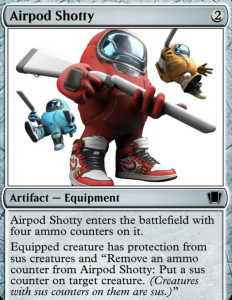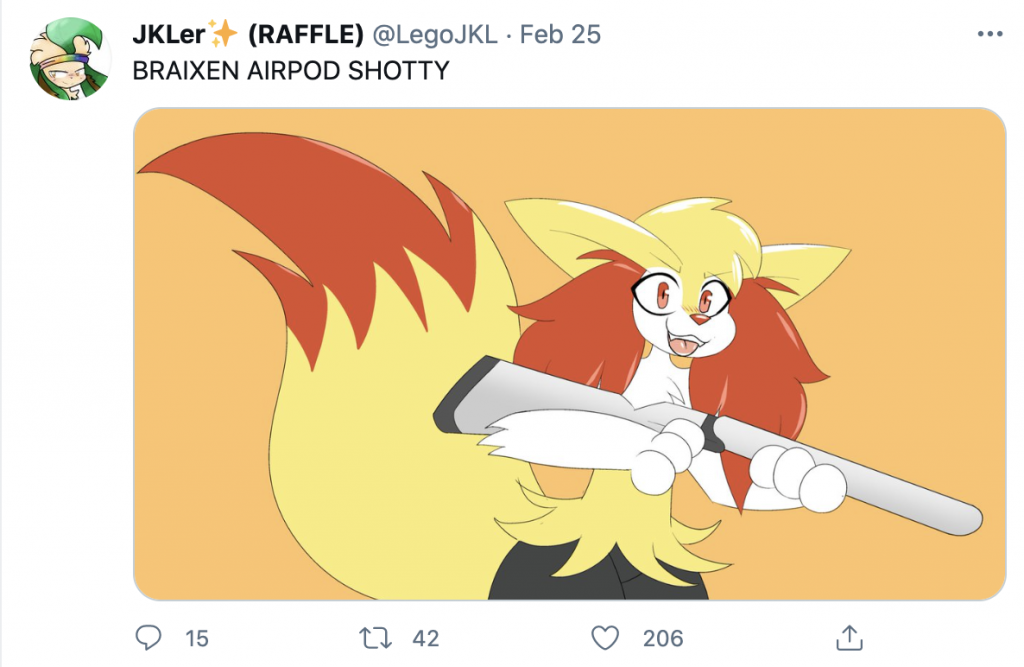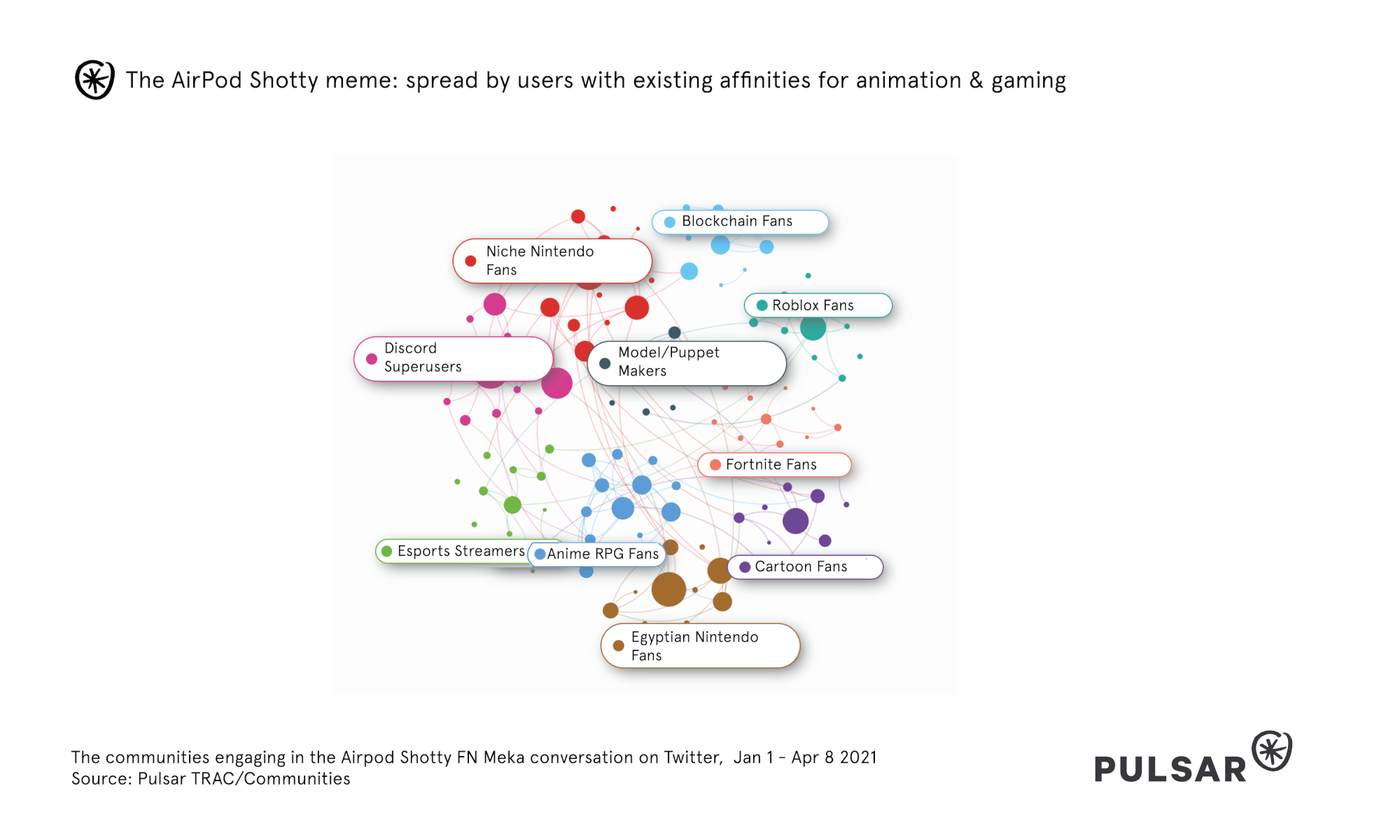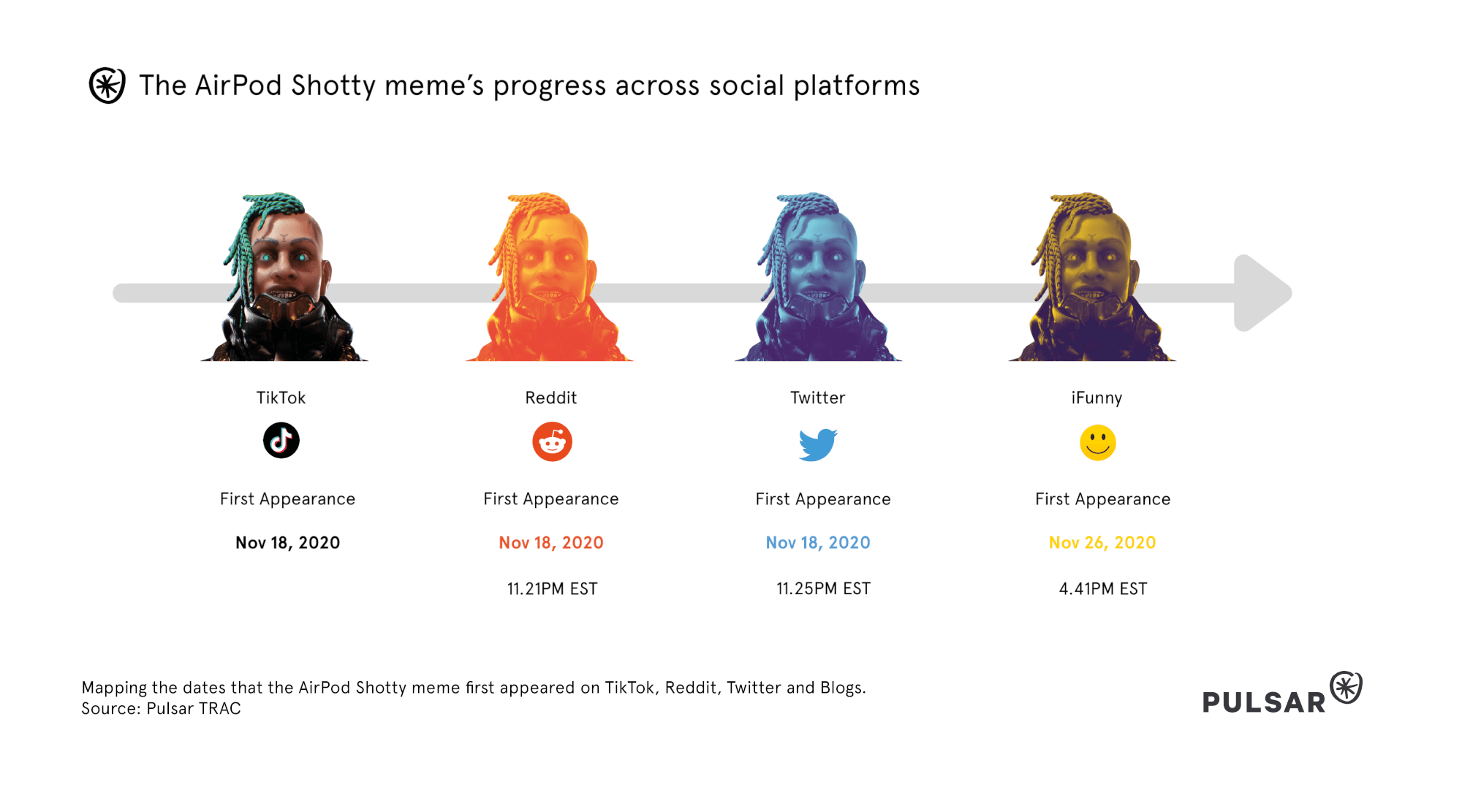The Cultural Influence of a TikTok Virtual Influencer: FN Meka
https://www.tiktok.com/@fnmeka/video/6885732673210305797?lang=en&is_copy_url=1&is_from_webapp=v1
Virtual Influencers have been around for years now – you're probably familiar with Lil Miquela, and you might even follow a few of them on Instagram.
But robot rapper and virtual influencer FN Meka mostly hangs out on TikTok – a platform he's using to project immense cultural influence by inventively remixing fashion, gaming, automotive and consumer culture, while partnering (or so it seems) with brands like Play Station, Louis Vuitton, Bugatti, Starbucks, Lamborghini, Utah Jazz and Rolls Royce.
Whether you've heard about him likely depends on what age group you fall in, where you hang out online – and, if you're a strategist and researcher, on what kind of audience intelligence tool you use (hint hint: we make one).
https://www.tiktok.com/@fnmeka/video/6896519779499134214?lang=en&is_copy_url=1&is_from_webapp=v1
FN Meka's TikTok videos splice together memes with those familiar brands in unfamiliar ways, utilising CGI graphics to showcase an anarchic approach to copyright and IP that leads to such frankensteined-together creations as the Starbucks PS5 and the Doge Rolls Royce.
Most famous of all, however, is AirPod Shotty, in which a crewmate from popular survival game Among Us, decked out in Louis Vuitton, is shot in half by a AirPod-Shotgun hybrid, revealing that he's made of cake. That's a lot of popular culture to squeeze into a ten second video.


We made some new Apple inspired sneakers to go with the Airpod Shotty #airpod pic.twitter.com/hZ1h5GV7cA
— RTFKT studios (@RTFKTstudios) December 28, 2020
where can I purchase an airpod shotty
— Based Smile Boy (@Distorticon) November 18, 2020

The difference now is that manufactured being has broken out of the confines of fiction, and into the social networks we use to communicate with one another.
We'll continue to use audience intelligence to monitor these new forms of celebrity and influence, while simultaneously fantasising about all the different luxury brands we could edit the Pulsar logo into.



